What does it mean when a player is “waived” in the NBA?
When a player is waived, it means that he has been cut (or released) from a team before his contract is finished.
Example: Danny Green was waived by the Philadelphia 76ers just two games into the 2023-2024 season.
The player that is waived may, or may not, be paid the remaining amount of his salary depending on if his contract was fully guaranteed, or not.
In the example above, Danny Green’s 1-year deal was only partially guaranteed, so he will be paid around $500k of his $3 million+ contract.
Read on for more details about NBA waiver rules, including:
- Why do NBA Teams Waive Players?
- How the NBA Waiver Process works
- “Waive and Stretch”
- Waive vs Buyout
- List of Waived Players
- and more…
Let’s get started!
Why do NBA Teams Waive Players?
Why would a team release a player that they have already signed to a contract? There are multiple reasons. Here are a few of the main ones:
- Player is not good enough
- Player does not fit into long-term plan
- Behavioural issues
- Trades, salaries & other financial reasons
Not good enough / Poor fit
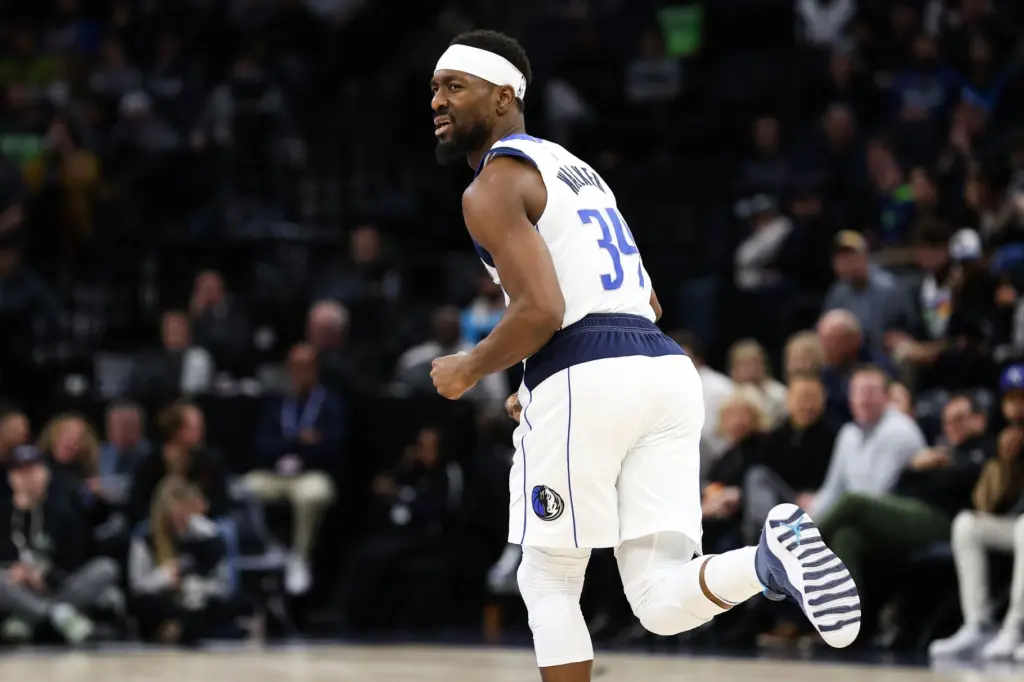
The most common reason for a player to be waived is that he is just not good enough, or does not fit the team’s needs.
This is most frequently seen with fringe/bench players who are signed for minimum contracts, or non-guaranteed deals. Teams will often sign these players to fill out their roster spots, hoping that they will become productive players.
After some time, it may become clear that the player is not playing up to expectations, or just does not fit the team’s current needs (e.g. team needs a big defender, but player is a small guard).
The team will waive the player to clear a roster spot so that they can potentially sign a new free agent that better fits their needs.
E.g: Kemba Walker waived by Dallas Mavericks
Kemba Walker was waived by the Dallas Mavericks after signing part way through the 2022-2023 season. The former All-Star was signed in hopes of becoming a solid backup for Luka Doncic, but he was not playing up to expectations. In order to initially sign Kemba, Dallas actually waived another point guard — Facundo Campazzo.
Long-term plan
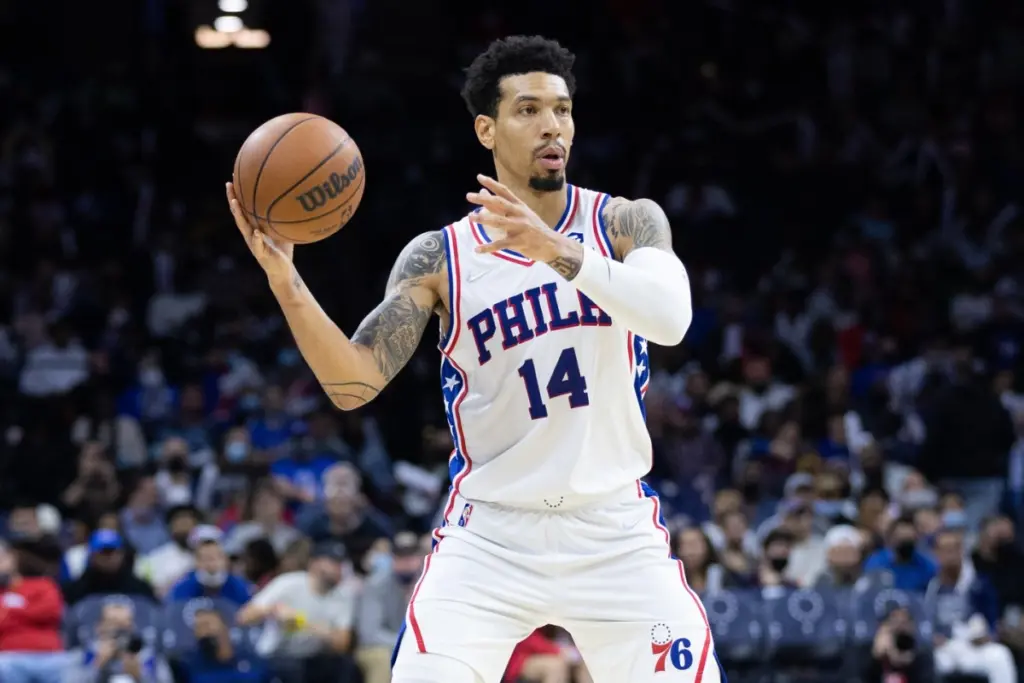
Sometimes, good productive players are waived.
This usually happens when a team decides to go into “rebuild” mode, and wants to give more opportunities to its young players.
Veteran players who do not fit in the long-term plan may be waived or bought out. The player may also request to be waived so that he can join another more competitive team.
E.g: John Wall and Danny Green waived by Houston
In the 2022-2023 season, Houston waived John Wall and Danny Green after receiving them in a trade with the Clippers (for Eric Gordon). Houston has a very young, rebuilding team, and neither Wall or Green fit into their long-term plans (Wall also has a poor relationship with Houston). Green requested to be waived, so he could join a playoff contender.
Behavioural / Personal / Off-court issues
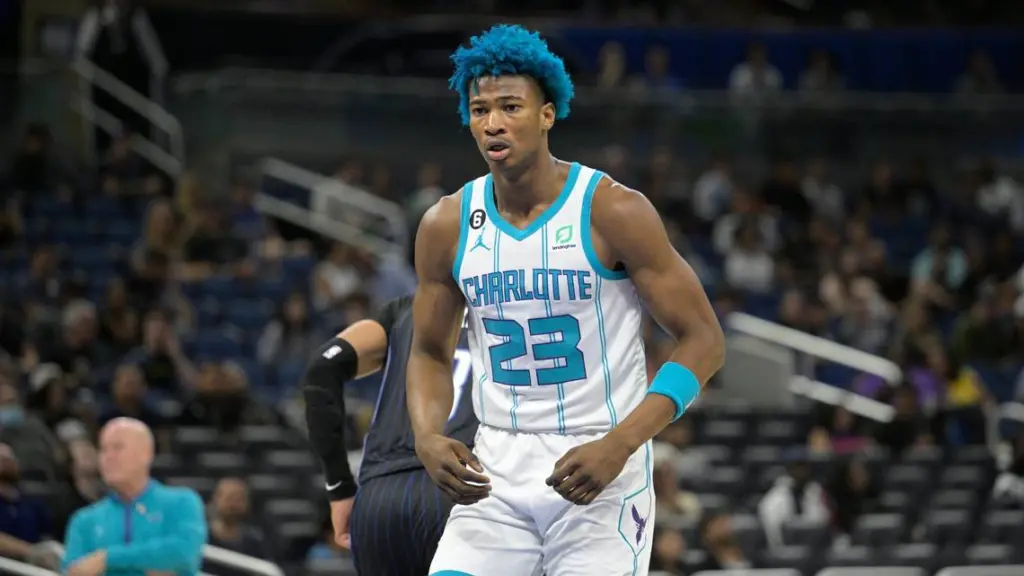
Once in awhile, a team will simply waive a player because of poor behaviour. The team may think the player’s behaviour is detrimental to the team’s culture, or just unacceptable overall.
Here are a few good recent examples:
- In 2022, the Spurs waived young guard Josh Primo after he allegedly exposed himself to a female employee.
- In October 2023, the Hornets waived their 2021 first round pick Kai Jones after he started making bizarre posts on social media. Jones had also requested a trade via social media before ultimately being waived.
- Also in October 2023, the Thunder waived Kevin Porter Jr, after receiving him in a trade with the Houston Rockets. Porter Jr. had been charged with assault, and arrested a month earlier for attacking his girlfriend.
Trades, Injuries
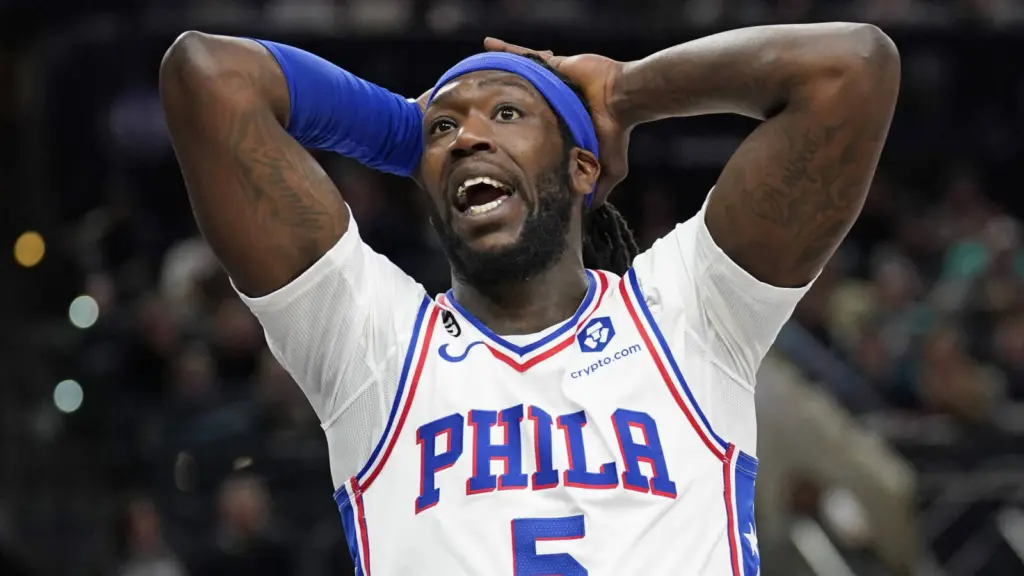
A player may be waived simply to clear roster spots for new players received in a trade.
For example, Danny Green was recently waived by the 76ers , because the team received four players in a trade, and only sent out three. They needed to clear one roster spot.
Players may also be waived because they got injured, and are not able to play for a long period.
A good example is also from the 76ers, who waived Montrezl Harrell after he got knee surgery. Harrell was expected to miss over half the season, so the team probably wanted to clear up a roster spot.
Salaries & other Financial Reasons
Lastly, teams may waive players simply to save money.
Players who are on non-guaranteed, or partially guaranteed contracts become fully guaranteed after a certain date in the season (typically January 10th).
If a team waives a player before the guarantee date, they do not need to pay the rest of his salary.
Teams are also able to “stretch” a waived players salaries over multiple seasons (see “waive and stretch” section below).
How does the NBA Waiver Work?
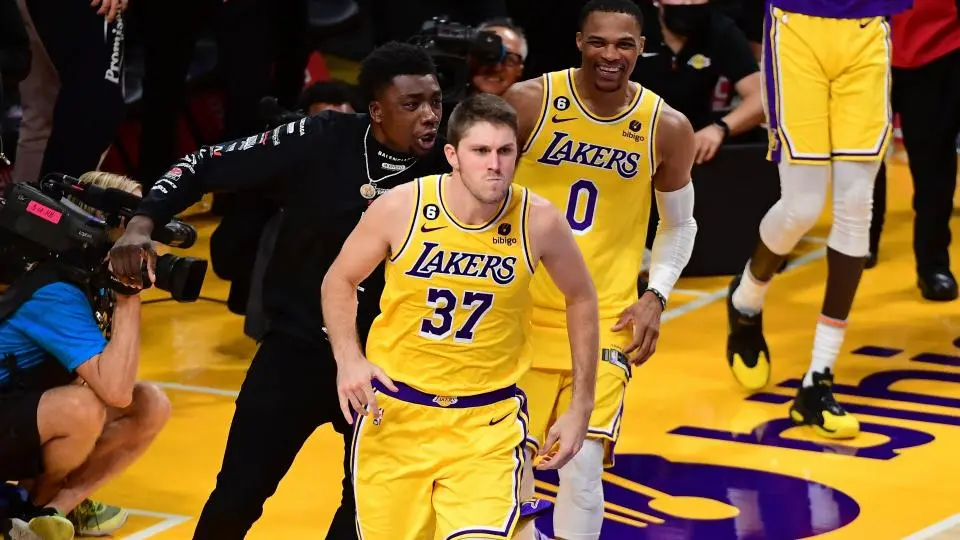
So, how does the waiver process actually work?
- Teams must first officially “request waivers” on their player. The player is then placed on the “waiver wire” for 48 hours.
- During this time, another team can “claim” the player and take full responsibility for his contract. The team must be able to fit the player’s salary within the salary cap.
- If the player is not claimed by any team within 48 hours, then he has officially “cleared waivers”
Clearing Waivers
Once a player has cleared waivers, he becomes an unrestricted free agent. He can then sign a new contract with any team of his choice.
The original team now has an open roster spot they can use to sign another player.
The waived player’s non-guaranteed portion of his contract can also be removed from the team’s salary cap.
If the waived player has a guaranteed contract, then the original team must continue paying his salary, and it also counts against the team’s salary cap (although it can be “stretched” — see below for more details).
Signing Waived Players
Any team can claim a player off of waivers if they can fit the player’s contract into their team salary cap.
If more than one team wants to claim the same player, then the team with worst record gets the player.
🪙 Interesting Note: If two teams with the exact same record claim a player, a toin coss is used to decide who gets the player. 😂
Typically, waived players do not actually get claimed.
If a team is interested in a player, they will usually wait for the player to clear waivers, then try to sign the player to a new, cheaper contract.
If the waived player already has a guaranteed contract with his previous team, this is also beneficial for him, as he will basically be receiving two salaries.
Other NBA waiver rules
- A team must pay $1,000 to the league office to claim a player off waivers
- Once a team decides to waive a player, they can not withdraw the request
NBA Waive and Stretch
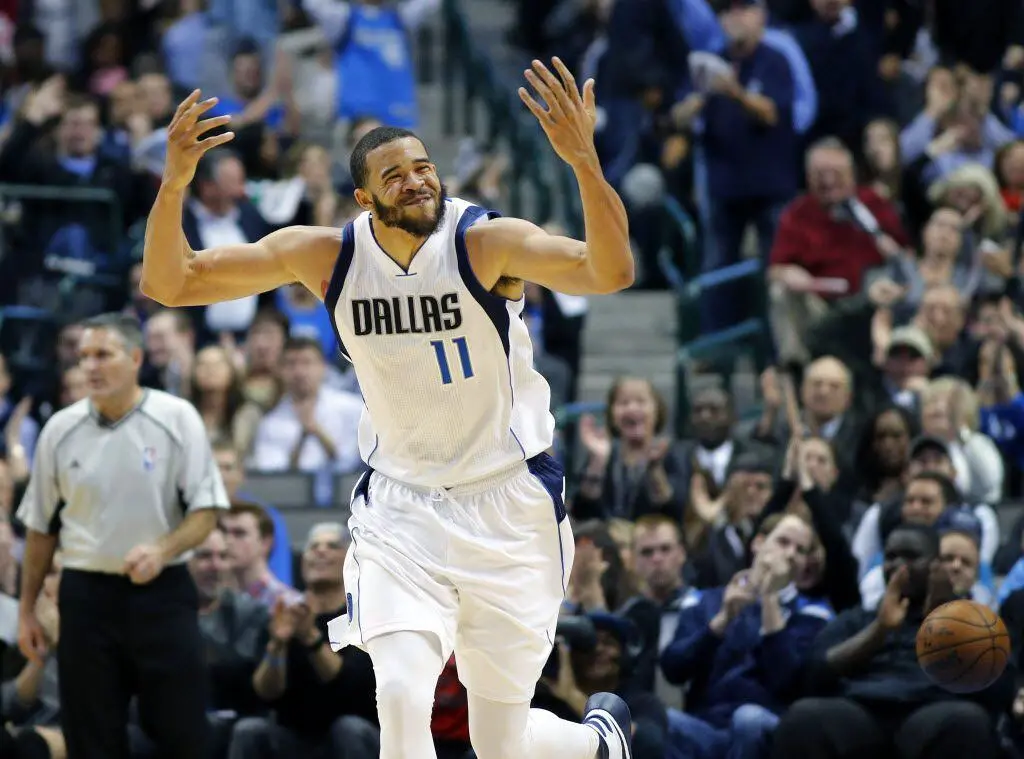
When a player with a guaranteed salary is waived, the original team must still continue paying his salary. The waived player’s salary is also still counted against the team’s salary cap.
If the player’s remaining guaranteed salary is more than $500,000 though, the team can “stretch” the salary out over more years to mitigate its impact on the salary cap.
Here are the basic details of the “stretch provision” (via 2023 CBA):
- The current season’s remaining salary must be continued to be paid regularly (season is from September 1st until June 30th)
- Any remaining years over the current season can be stretched to double the length, plus one NBA season
- If the player clears waivers and then gets signed as a free agent by another team, the salary owed to the player can be reduced slightly by a “set off” amount
Waive and Stretch Basic Example:
A player signs a 3-year, $3 million guaranteed contract (i.e. $1 million per year).
In the first year of his contract, he gets waived for sleeping with the owner’s wife.
The remaining two years of his contract can be stretched out over five years (i.e. double remaining years + 1 NBA season).
So, instead of having a cap hit of $1 million per year, the team will only have a cap hit of $400k per season.
NBA Waive vs Buyout
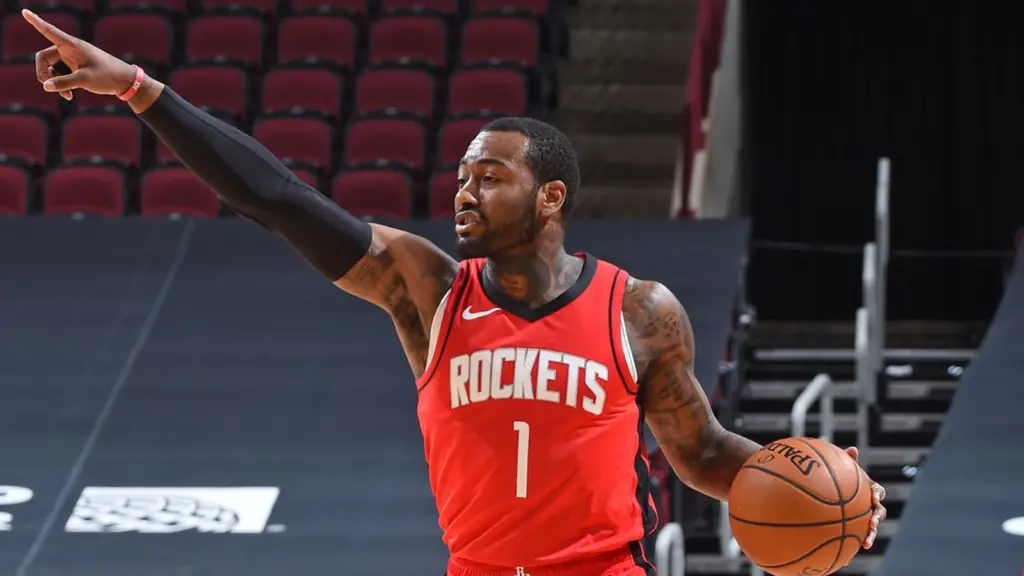
When a player gets “bought out”, it is a mutual agreement between the team and a player (with a guaranteed contract) to part ways. In comparison, when a player is straight up “waived”, he usually has no say in the matter.
In a buyout, the player will typically agree to be paid a lesser amount than what is remaining on his guaranteed contract. In exchange, the team will waive him, so that he can become an unrestricted free agent.
This usually happens when a player no longer wants to play for a team (or a team no longer wants the player), but he is still owed a lot of guaranteed money. The team does not want to simply waive him and get nothing in return.
The most recent high profile example of this was John Wall and the Houston Rockets:
E.g: John Wall, Houston Rockets Buyout (x2)
In 2022, John Wall had one season remaining in his contract with the Houston Rockets, worth $47.4 million. The Rockets no longer wanted John Wall on their team, and Wall did not want to be on the Rockets.
Unfortunately, his contract was too big for any other team to trade for. So, Wall and the Rockets agreed to a buyout of $41 million. The Rockets managed to save around $6.5 million, and Wall was free to sign anywhere he wanted after clearing waivers.
Wall ended up signing with the Clippers for exactly the amount he gave up ($6.5 million).
In a strange twist of fate, about six months later, Wall ended up getting traded back to Houston in a three team deal, and got waived again. 😂
List of Waived NBA Players
For a list of recently waived NBA players:
- Go to the official NBA transaction page: https://www.nba.com/players/transactions
- Set “Transaction Type” to “Waive” to see a full list

Other FAQ:
Why do NBA teams trade for players then waive them?
NBA teams may trade for players then waive them immediately for many reasons:
- The player does not fit into their long-term plan
- They don’t have a roster spot for the player, or want to give the spot to someone else
- Financial reasons — non-guaranteed contracts can be removed from the team salary; guaranteed contracts can be “stretched”
Do NBA players get paid after being waived?
It depends on if the player’s contract was guaranteed or not.
If a player has a fully guaranteed contract, he will still be paid by the team that waived him. If a player has a non-guaranteed contract, then the team no longer has to pay him (if waived before guarantee deadline set out in their contract).
Some players also have “partially-guaranteed” contracts, so they will get paid a certain amount if waived.
👉 Check out this post for more about guaranteed salaries in the NBA
Summary
What do you think about NBA waiver rules?
Which player on your team would you like to see get waived?
Was there a player waived that you thought should have been kept?
Let me know your thoughts in the comments below!
